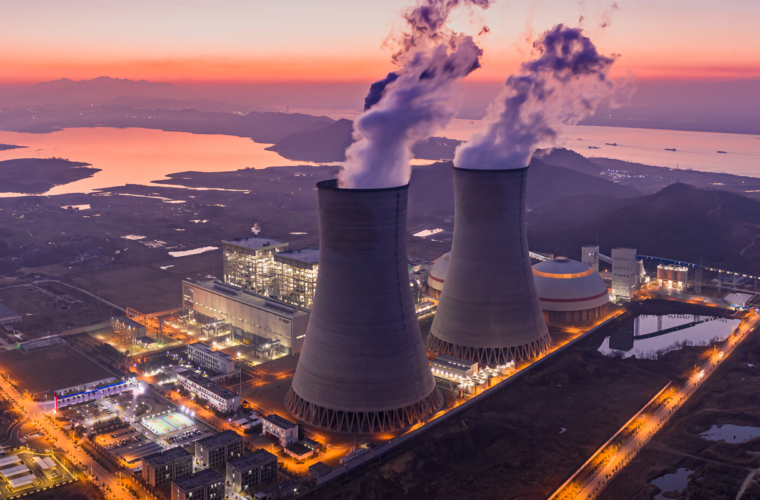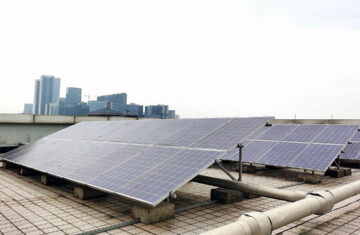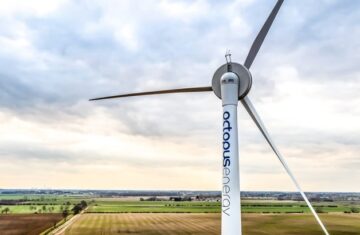An In-Depth Analysis
Geothermal energy has long been recognized as a cornerstone of Italy’s renewable energy landscape. As one of the leading countries in geothermal energy production, Italy has harnessed its underground heat sources for over a century. This article delves into the history, current state, economic impact, environmental considerations, and future prospects of geothermal energy in Italy.
Historical Context of Geothermal Energy in Italy
Early Development
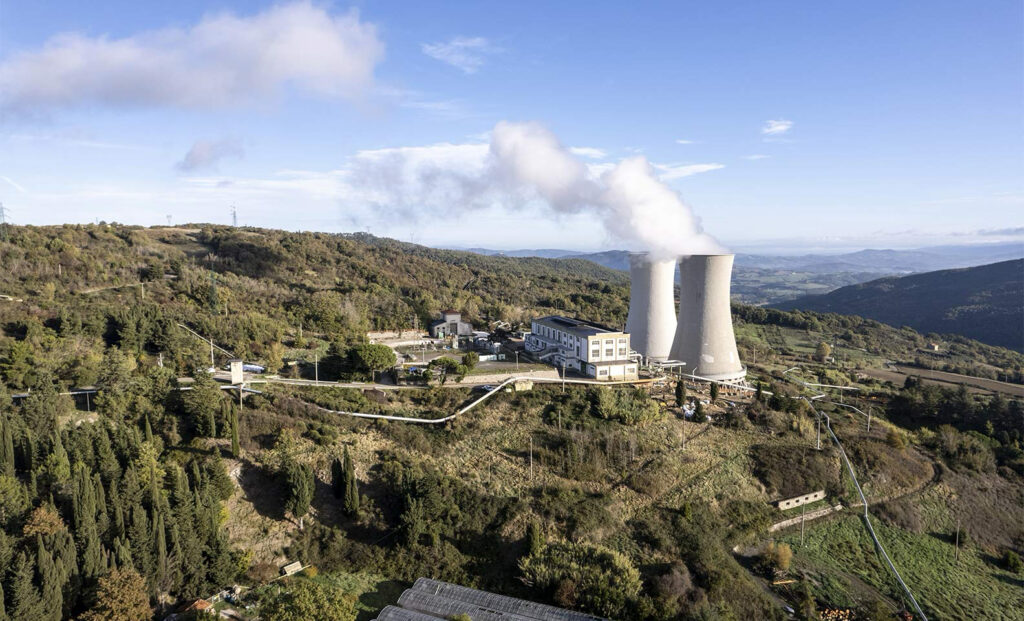
Italy is home to the world’s first geothermal power plant, which began operation in 1904 in Larderello, Tuscany. This groundbreaking development marked the start of a new era for renewable energy. The Larderello plant paved the way for subsequent projects and established Italy as a pioneer in the field.
Expansion in the 20th Century
Following the initial success, geothermal energy saw significant expansion throughout the 20th century. By the 1970s, Italy was producing a substantial amount of its electricity from geothermal sources. Continuous advancements in technology and increased investment led to the establishment of numerous geothermal plants across the country.
Current State of Geothermal Energy in Italy
Geothermal Capacity and Production
As of 2022, Italy ranks second in the world for geothermal electricity production, following the United States. According to the Gestore dei Servizi Energetici (GSE), Italy has a total installed geothermal capacity of approximately 1,000 MW, generating around 6.5 TWh of electricity annually. This accounts for about 1.5% of the country’s total electricity generation.
Breakdown of Geothermal Resources
- Electricity Generation: Approximately 90% of Italy’s geothermal energy is used for electricity generation, primarily in Tuscany.
- Direct Use Applications: The remaining 10% is utilized for direct applications, such as district heating, greenhouse heating, and spa bathing.
Key Geothermal Regions
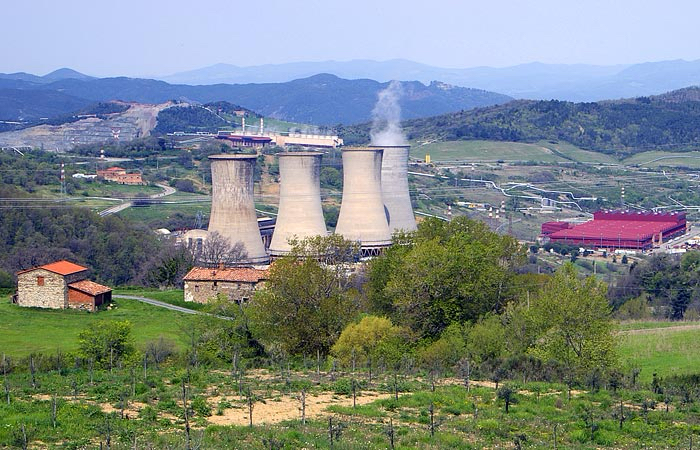
The most significant geothermal resources in Italy are concentrated in the following regions:
- Tuscany: Home to the majority of geothermal power plants, including the famous Larderello complex.
- Lazio: Contains several geothermal plants and is known for its direct use applications.
- Campania: Emerging as a notable area for geothermal energy, particularly in direct heating.
Economic Impact of Geothermal Energy
Job Creation and Local Economies
The geothermal sector significantly contributes to the Italian economy. According to a report by the Italian Geothermal Association (AGEA), the industry supports over 10,000 jobs directly and indirectly. These positions range from plant operation to research and development, fostering local economies.
Investment in Infrastructure
Investment in geothermal energy has been a priority for the Italian government. The Ministry of Economic Development has allocated funds to enhance existing infrastructure and develop new projects. The focus is not only on electricity production but also on expanding direct use applications.
Environmental Considerations
Renewable Energy Transition
Geothermal energy is crucial for Italy’s transition to a more sustainable energy system. The country aims for a 55% reduction in greenhouse gas emissions by 2030, in line with EU targets. Geothermal energy contributes to this goal by providing a stable and clean source of energy.
Ecological Impact
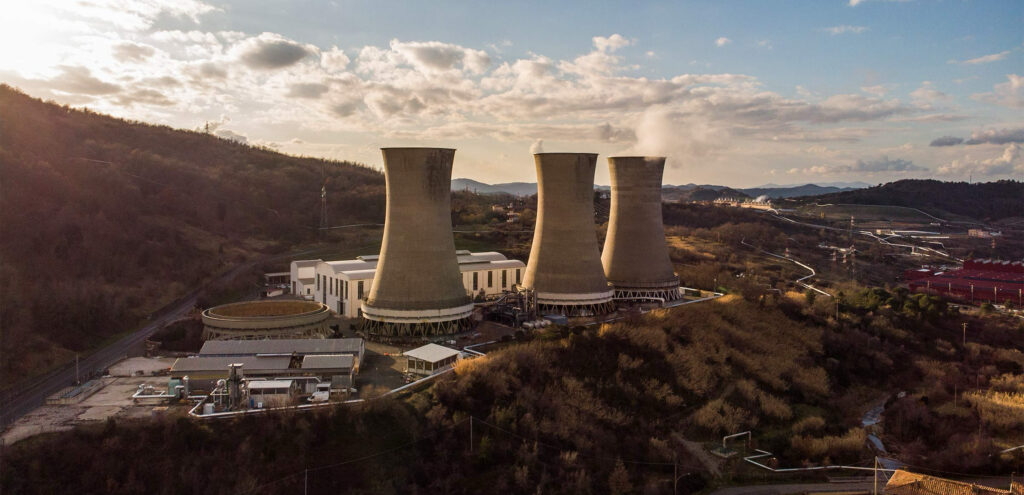
While geothermal energy is generally considered environmentally friendly, it is essential to address potential ecological impacts. The extraction of geothermal fluids can lead to land subsidence and the release of greenhouse gases. The Italian government and various organizations are actively working to mitigate these impacts through regulations and best practices.
Innovative Solutions
Recent advancements in technology have led to more sustainable geothermal solutions, such as enhanced geothermal systems (EGS) and binary cycle power plants. These innovations minimize environmental impact while maximizing energy efficiency.
Future Prospects of Geothermal Energy in Italy
Untapped Potential
Italy still has significant untapped geothermal potential. According to the International Renewable Energy Agency (IRENA), the country could increase its geothermal capacity by 25% over the next decade through modernization and new projects.
Integration with Other Renewable Sources
The future of geothermal energy in Italy also lies in its integration with other renewable sources. Combining geothermal with solar and wind energy can enhance energy security and reliability. This integrated approach allows for better management of energy supply and demand, especially during peak usage times.
Policy and Regulatory Framework
Italy’s government has set ambitious renewable energy targets, with geothermal energy playing a vital role. The National Energy and Climate Plan (NECP) outlines specific goals for increasing renewable energy capacity, emphasizing the importance of geothermal projects.
Conclusion
Geothermal energy in Italy is a vital component of the country’s renewable energy strategy. With a rich history, significant current capacity, and a promising future, geothermal energy not only supports economic growth and job creation but also plays a crucial role in Italy’s commitment to sustainability and environmental protection.
As Italy continues to innovate and invest in its geothermal infrastructure, it will remain a leader in renewable energy, contributing to a cleaner and more sustainable world.
